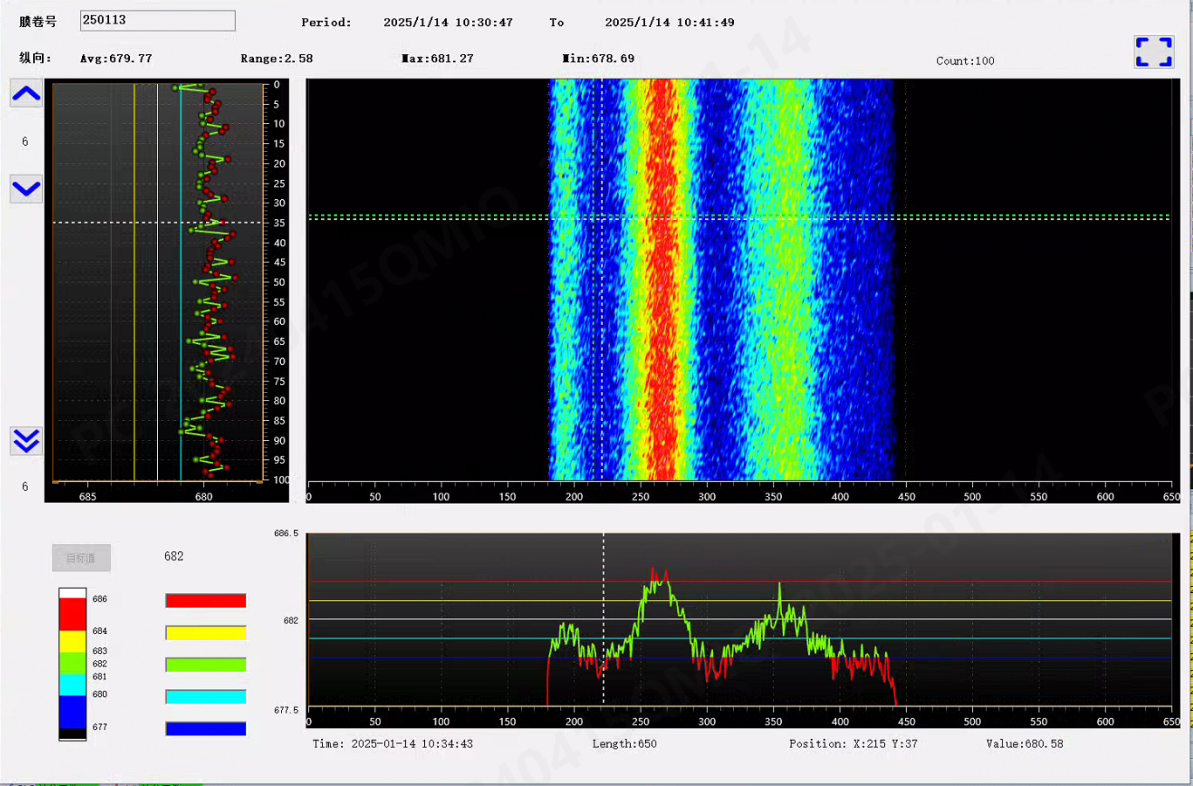In the microscopic world of lithium batteries, there exists a critical “invisible guardian” — the separator, also known as the battery membrane. It serves as a core component of lithium batteries and other electrochemical devices. Primarily made of polyolefin (polyethylene PE, polypropylene PP), some high-end separators also adopt ceramic coatings (e.g., alumina) or composite materials to enhance heat resistance, making them typical porous film products. Its presence acts like a robust “firewall,” physically isolating the positive and negative electrodes of the lithium battery to prevent short circuits, while simultaneously functioning as a smooth “ion highway,” allowing ions to move freely and ensuring normal battery operation.
The grammage and thickness of the separator, seemingly ordinary parameters, hide profound “secrets.” The grammage (areal density) of lithium battery separator materials not only indirectly reflects the porosity of membranes with the same thickness and raw material specifications but is also closely related to the density of the separator’s raw materials and its thickness specifications. The grammage directly impacts the internal resistance, rate capability, cycle performance, and safety of lithium batteries.
The thickness of the separator is even more critical to the battery’s overall performance and safety. Thickness uniformity is a strict quality control metric during production, with deviations required to stay within industry standards and battery assembly tolerances. A thinner separator reduces resistance for solvated lithium ions during transit, improving ionic conductivity and lowering impedance. However, excessive thinness weakens liquid retention and electronic insulation, adversely affecting battery performance.
For these reasons, thickness and areal density testing of the separator have become vital quality control steps in lithium battery manufacturing, directly determining battery performance, safety, and consistency. Excessively high areal density hinders lithium-ion transport, reducing rate capability; excessively low areal density compromises mechanical strength, risking rupture and safety hazards. Overly thin separators risk electrode penetration, causing internal short circuits; overly thick separators increase internal resistance, lowering energy density and charge-discharge efficiency.
To address these challenges, Dacheng Precision introduces its professional X-ray areal density (thickness) measuring gauge!
#X-ray areal density (thickness) measuring guage
This device is suitable for testing various materials, including ceramics and PVDF, with a measurement repeatability accuracy of true value × 0.1% or ±0.1g/m², and has obtained a radiation exemption certificate for safe operation. Its software features real-time heatmaps, automatic calibration calculations, roll quality reports, one-click MSA (Measurement System Analysis), and other specialized functions, enabling comprehensive precision measurement support.
# Software interface
#Real time heatmap
Looking ahead, Dacheng Precision will anchor itself in R&D, continuously advancing into deeper technological frontiers and integrating innovation into every product and service. Leveraging cutting-edge technology, we will explore smarter, more accurate measurement solutions, building efficient and reliable technical service systems for our clients. With craftsmanship to build premium products and strength to drive innovation, we are committed to propelling the lithium battery industry toward a new era of high-quality development!
Post time: May-06-2025



